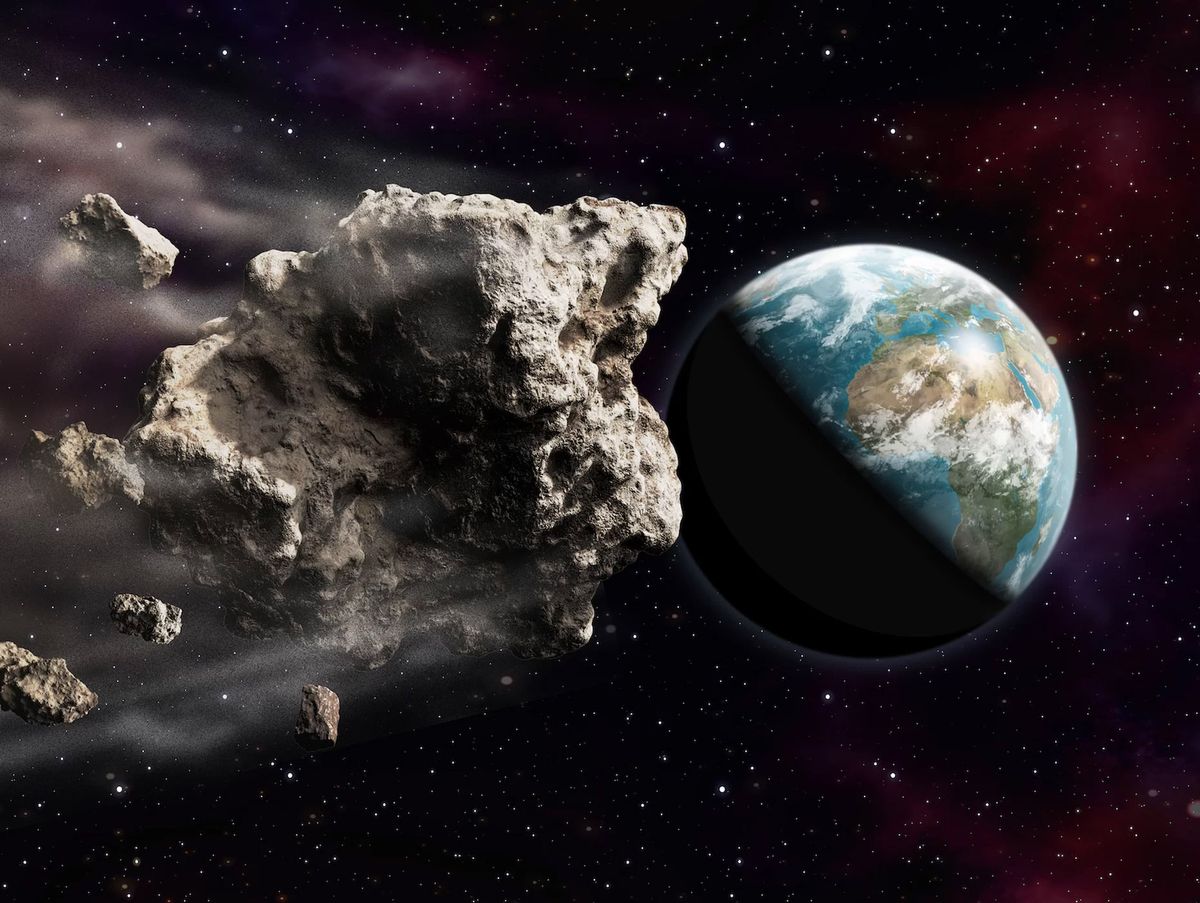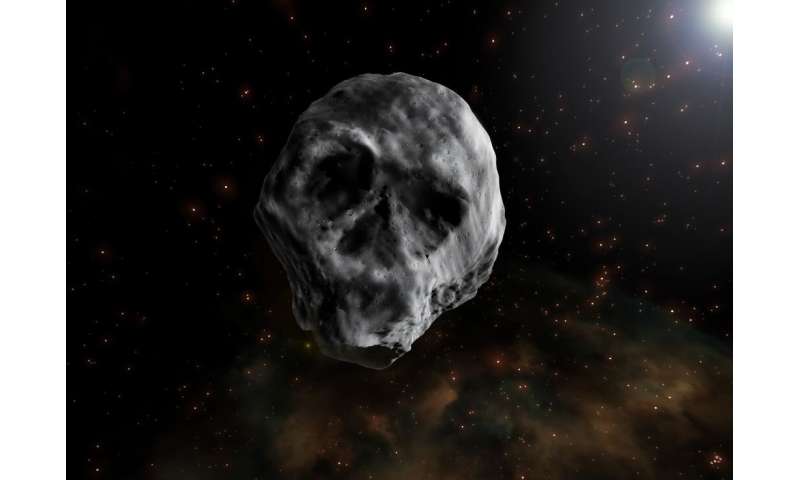There's Only A 1 In 7000 Chance An Asteroid Will Hit The Earth In September Asteroids With Chance Of Hitting Earth


Whenever scientists announce an upcoming close encounter with an asteroid, certain corners of the internet light up like the synaptic rush that accompanies a meth binge, with panicky headlines shouted straight from the brain stem. But never mind that. We're not that corner of the internet. We're sober, yo!
The fact of the matter is, there aren't any more near-Earth asteroids than there used to be. We're just getting good at detecting them.
The latest one is called , which sounds ominous.
All the risk list really means is that the rock has a non-zero chance of striking Earth. It doesn't mean it's really big, or that it would threaten civilization if it did collide with us. It just means they've taken notice of it and are watching it with one of the many telescopes capable of keeping an eye on it. No plans to fly into space and make it go boom.

According to the ESA, QV has a 1 in 7,299 chance of striking Earth. That's nowhere near the one in 100 threshold that requires action. In fact, here's how insignificant this is: There are over 850 other asteroids on the risk list, and some of them are near a kilometer in diameter. (The Chicxulub dinosaur-killer was somewhere between 11 km and 81 km in diameter.)

QV is also over 6.7 million km (4.2 million miles) away from Earth, and won't be at its until September, according to the ESA. There's lots of time to dig a big hole in your yard and fill it with guns, ammo, and food.
Seriously though, this one's nothing to worry about. NASA and the ESA and other space-smart countries are always keeping an eye on the skies and cataloging all the near-Earth objects (NEOs) just in case one comes for us. We keep hearing about them because we're so good at spotting them. Eventually, we'll stop reporting every one of them. But the risk is that certain other dark corners of the internet will scream conspiracy.

If you're still worried, or know someone who is, keep something in mind. Sure, the ESA keeps a risk list of asteroids, and sure, there are over 850 asteroids on that list, including the soon to be forgotten 2006QV89. But they also have another list: the . It's basically a list that classifies objects needing follow up. The priority list itself has four subcategories: low priority, useful, necessary, and at the top, urgent.

"Urgent Priority Follow-Up Asteroid Approaching Earth!"
If you ever see that headline, then you can freak out.
Citation: There's only a 1 in 7000 chance an asteroid will hit the Earth in September (2019, June 10) retrieved 16 April 2020 from https://phys.org/news/2019-06-chance-asteroid-earth-september.html
This document is subject to copyright. Apart from any fair dealing for the purpose of private study or research, no part may be reproduced without the written permission. The content is provided for information purposes only.

0 Comments
Posting Komentar